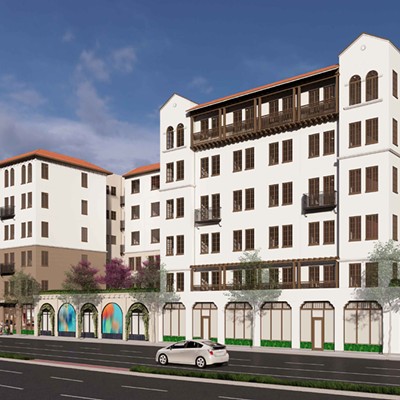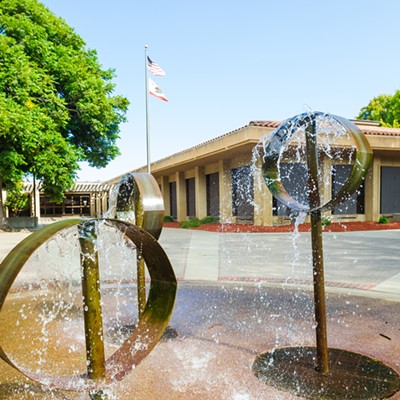Storm water collection has a lot of people worried these days, mostly because they’re not sure what exactly to be worried about.
What’s definite is that new storm water standards passed down by the Central Coast Regional Water Quality Control Board will require a truckload of environmental studies and cost hundreds of thousands of dollars.
The regulations are expected to kick in within a year, but Central Coast city officials are worrying about whether the new rules are even achievable for small governments.
San Francisco and San Diego are still wrestling with similar rules. Costs in those cities are roughly $1 million to develop new building standards. Local officials said the bigger cities have the advantage of more money and staff resources, but even those cities are having trouble finding a solution.
Under the new set of standards, new developments and redevelopments have to keep almost all storm water onsite. Additionally, runoff conditions have to be the same as pre-development conditions, even in redevelopment projects. Any water that flowed from the site before construction has to continue to flow in the same way and be free of pollutants.
Builders and city officials said they agree with the ends, but the means are tricky.
“We really believe that the water board is sincere but doesn’t fully understand the ramifications of what it’s trying to do,” said Jerry Bunin, public affairs director of the Home Builders Association of the Central Coast.
Builders and engineers worry that allowing water to flow beneath a building could weaken the foundation, but without trudging through unprecedented studies, they’re just not sure.
If the water board doesn’t change the current language, cities within the Central Coast region will have to adhere to the standards or won’t receive a storm water permit and could face daily fines.
Lompoc was recently one of the first Central Coast cities to apply for a permit under the new standards. The city is currently in the second phase of redeveloping its Storm Water Management Program to meet the new state and regional requirements. If approved, the program would also reduce storm water pollution and fortify storm water management in the city, including the U.S. Penitentiary, and other parts of the San Miguelito Watershed.
Roger Briggs, executive officer of the water board, said that the issue has been on the table since February. City managers in the district will meet with the water board and county officials to try to hammer out a compromise in mid-November, but so far board members have stuck to their water guns.
“It’s true that the art of storm water management is evolving,” Briggs said, “but that’s a good thing.”










